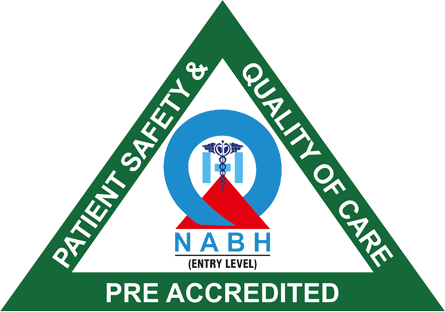Understanding pelvic acetabular surgery is crucial for anyone dealing with hip and pelvic injuries. This type of surgery is a significant step in treating complex issues in these areas. In this blog, we’ll look at the essential details of this surgery. You’ll learn about the pelvic anatomy, the surgical techniques, and what recovery involves. Whether you’re a patient, a caregiver, or just curious, this guide offers a clear view of what pelvic acetabular surgery entails and why it might be necessary.
The Pelvic Acetabular Anatomy: Essentials to Know
The pelvic bone is a crucial structure in our body. It’s the ring-shaped bone at the base of your spine. The acetabulum is a cup-shaped socket in your hip bone where the head of the thigh bone fits. It’s a crucial part of how you move, letting your hips swivel smoothly.
If this area gets hurt, you might face issues like fractures or misalignment. These injuries can seriously impact daily functions. Imagine trying to walk or sit without the bones properly aligned. The smooth motion would be gone, replaced by pain and stiffness. It’s easy to see why keeping the pelvic and acetabular area healthy is vital.
Demystifying Pelvic Acetabular Surgery
So, what exactly is pelvic acetabular surgery? It’s a surgical procedure aimed at fixing injuries or conditions in the hip joint and pelvis. The main goal is to restore normal function and alignment. This surgery helps prevent long-term issues, like arthritis, from developing. It’s about getting back on your feet and resuming daily activities without discomfort or pain.
Why and When Is Pelvic Acetabular Surgery Needed?
This surgery is needed for several conditions. Severe fractures in the hip or pelvis often require surgical intervention. People with hip dysplasia, where the hip socket is too shallow, might need it too. Delaying surgery could lead to chronic pain or mobility problems. Without the surgery, everyday activities might become a struggle. Pain might worsen, affecting your quality of life.
Choosing surgery can help you avoid these negative outcomes. By addressing the injury early, you get a chance at a full, active lifestyle. It’s about reclaiming ease of movement and comfort.
Exploring Types of Pelvic Acetabular Surgery
There are different types of surgeries to consider. Some involve traditional open surgery, while others might use minimally invasive techniques. Open surgery involves larger cuts, but sometimes it’s necessary for complicated cases. Minimally invasive methods use smaller incisions and can mean a quicker recovery.
A specific surgery type, peri-acetabular osteotomy, is for cases like hip dysplasia. Each type has its purpose, and your doctor will choose the best approach for your situation.
Breaking Down the Surgical Procedure
During pelvic acetabular surgery, several important steps occur. First, anesthesia is administered to ensure you’re comfortable and pain-free. Then, the surgeon aligns the bones correctly and stabilizes them using hardware like screws and plates. Each step requires skill and precision, as the pelvis is a complex area.
The expertise of the surgical team is crucial. They ensure everything lines up perfectly, which is vital for your long-term recovery and function.
Post-Surgery Recovery and Rehabilitation
After surgery, recovery starts in the hospital. You’ll likely stay for a few days, where your pain management and mobility come into focus. You might need crutches or a walker to get around initially. Physical therapy will soon become a part of your routine, lasting several weeks to months.
Recovery is not just about healing; it’s about regaining strength and mobility. With time and effort, you can get back to your regular activities and enjoy life.
Risks and Complications: What to Be Aware Of
Every surgery carries some risks, and pelvic acetabular surgery is no different. Potential complications could include infection, blood clots, or hardware problems. However, advancements in surgery have made such issues less common.
It’s crucial to follow your doctor’s post-surgery instructions closely, helping minimize risks. Modern surgical techniques continue to improve safety and outcomes for patients.
Long-Term Outlook and Patient Care
The outlook after pelvic acetabular surgery is generally positive. Many patients experience significant improvements in their daily life. Success rates are high, and with dedication to rehabilitation, recovery is achievable.
After surgery, follow-up care is essential. Regular check-ups with your doctor help monitor your healing process. As a patient, it’s important to stay proactive in your care. This might include keeping appointments and adhering to an exercise plan recommended by your therapist.
In summary, pelvic acetabular surgery plays a vital role in addressing hip and pelvic injuries. It’s about fixing problems to move and feel better, improving life one step at a time.
Schedule your appointment today at Sant gajanan hospital!




